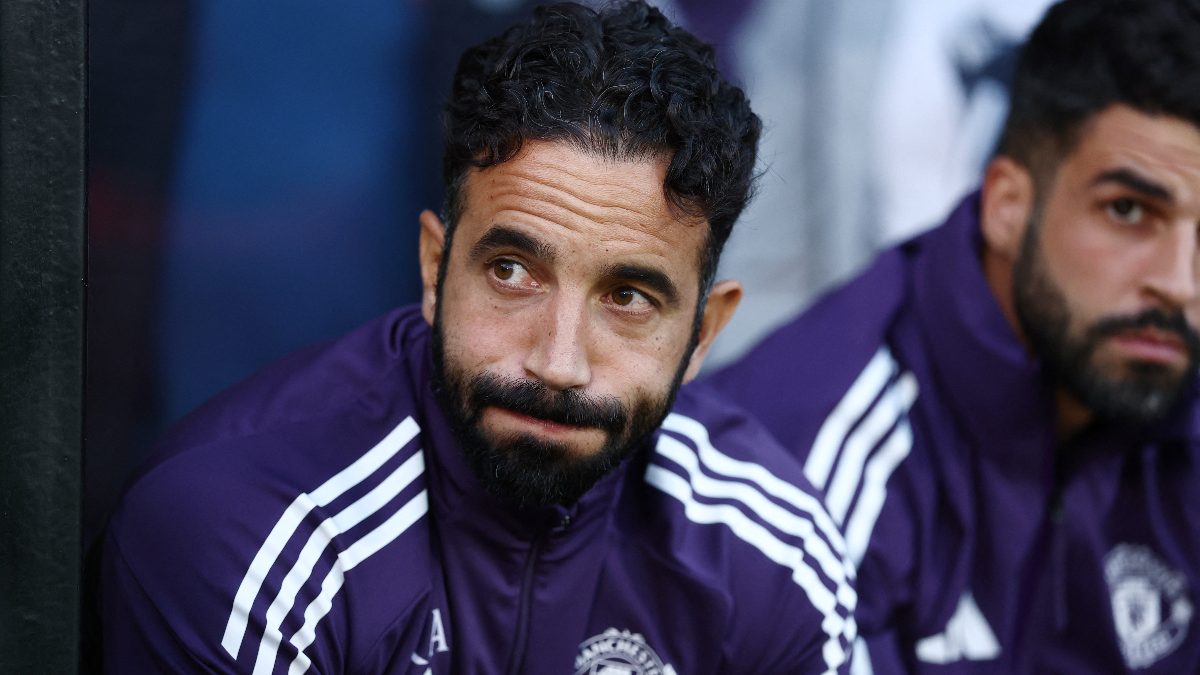Turkey has formally presented its much-discussed Steel Dome integrated air defence system.
Turkish President Recep Tayyip Erdogan, speaking at the inauguration in Ankara on Wednesday, described the unveiling as a landmark moment in Turkish defence history.
The system, developed domestically by leading Turkish firms in coordination with the state, is intended to give the country multi-layered protection against aerial threats ranging from drones to ballistic missiles.
“These systems are a show of strength for Turkey,” Erdogan said at the Aselsan defence facilities. “In air defence we are ushering in a new era for our beloved Turkey.”
The programme has been under construction for just over a year, following its launch by the Defence Industry Executive Committee (SSİK) in August last year.
Its announcement coincided with Ankara’s broader strategy to achieve defence autonomy, expand military technology exports, and reduce reliance on foreign suppliers.
At the launch event, Erdogan confirmed that 47 vehicles worth $460 million had already been delivered to the Turkish Armed Forces.
These vehicles consist of a combination of radar systems, anti-aircraft batteries, electronic warfare equipment, and supporting platforms that form part of the first operational layer of the Steel Dome.
“Today, we are providing our heroic army with the Sky Dome systems, consisting of a total of 47 vehicles worth $460 million, that will instil confidence in friends and fear in enemies,” Erdogan declared.
Çelik Kubbe Teslimatları, Tesis Açılışları ve Oğulbey Temel Atma Töreni https://t.co/ylmhFKwlUL
— Recep Tayyip Erdoğan (@RTErdogan) August 27, 2025
Editor’s Picks
He added that with this defence network, Turkey would now be in “a different league” when it came to air protection.
The delivery was carried out by Aselsan, Turkey’s largest defence contractor and a central participant in the project. Other national partners include Roketsan, TÜBİTAK SAGE, and MKE, with contributions also made by numerous local subcontractors.
Why Turkey decided to build Steel Dome
The idea of developing an indigenous layered shield grew due to rising regional threats.
In 2019, Turkey had purchased the Russian S-400 missile system, which led to its removal from the US-led F-35 stealth fighter programme, creating a gap in Ankara’s defence goals.
Simultaneously, ongoing conflicts in Syria and Ukraine, as well as recent Israeli strikes on Iranian targets, have increased the urgency for Ankara to create stronger domestic air defence capabilities.
Highlighting this reasoning during the inauguration, Erdogan said, “No country that cannot develop its own radar and air defence system can look to its future with confidence in the face of current security challenges, especially in our region.”
Turkey’s decision to rely on its own firms for the Steel Dome stems from both necessity and policy. Ever since the 1974 US arms embargo following Ankara’s intervention in Cyprus, the country has prioritised building a self-reliant defence industry.
The government insists the Steel Dome will be designed, manufactured, and operated in a “local and national” manner, with foreign contributions kept at a minimum.
What we know about Turkey’s Steel Dome
According to Turkish authorities, Steel Dome is best described as a “system of systems” — a network that integrates sensors, radars, interceptors, and command-and-control nodes into one unified architecture.
Its purpose is to deliver a real-time Recognised Air Picture (RAP) across the country, supported by artificial intelligence to enhance detection and response speed.
According to multiple defence reports, the system is being designed to provide protection over different ranges and altitudes:
Short-range, low-altitude defence (below 5 km):
-
Korkut (35 mm self-propelled gun) and its naval equivalent Gökdeniz.
-
Newer developments such as Gürz (35 mm), Goker (35 mm), Burç (30 mm), and the Counter-Rocket, Artillery, and Mortar (C-RAM) version of Korkut.
-
Shoulder-launched systems like Sungur integrated on BMC Vuran 4×4 vehicles.
-
Older imported platforms like the Bofors L-60/70, Oerlikon cannons, M42A1 Duster, and US-origin Stinger-based systems remain in reserve.
Medium-altitude, medium-range defence (up to 20 km):
-
Hisar-A+ and Hisar-O+, including naval adaptations like Hisar-OD.
-
Turkey still operates US-supplied MIM-23 Hawk missiles, transferred decades ago.
-
In development: the Gokdemir system, as well as adaptations of the Goktug air-to-air missiles (Gokdogan and Bozdogan) for surface-to-air use.
High-altitude, long-range defence (beyond 20 km):
-
The flagship Siper family, also referred to as Hisar-U.
-
Siper Block 1 has entered service, while Blocks 2 and 3 remain in testing.
-
Turkey continues to maintain its older Nike Hercules batteries and NATO-provided coverage under the Nato Support to Turkey (NS2T) framework.
-
Ankara also retains the Russian S-400s, though operational integration remains complex.
Radars and sensors:
-
ERALP long-range radar, Kalkan acquisition radar, and AKR fire control radar.
-
MAR (Mobil Arama Radarı), mounted on vehicles for mobile search.
-
Supporting infrastructure includes satellite navigation systems such as Kaşif GNSS, KKS GPS antennas, and Atlas inertial units.
Command-and-control:
-
The backbone of the system is the HAKIM command-and-control suite, integrated with AI for coordination across multiple layers.
-
This will connect with Turkish Navy’s planned TF-2000 destroyers and I-class frigates, which carry the indigenous MİDLAS vertical launch system capable of firing a range of advanced munitions.
The technology portfolio behind the system
The Steel Dome project consolidates nearly all major weapons and technologies developed by Turkey in recent years.
Roketsan’s family of guided rockets (TRLG-122/230, IHA-122/230, K+), strategic missile systems (Tayfun, Cakir, Atmaca, SOM, Akya), and anti-tank weapons (OMTAS, UMTAS, Karaok) provide the broader strike capability, while the MAM smart munitions add battlefield precision.
In addition to missile and gun systems, Turkey is investing in laser-based directed energy weapons. The Alka and Gokberk projects are designed to neutralise drones, rockets, and small projectiles with high accuracy, reducing the high cost of interceptor missiles.
These capabilities are being developed with the intention of giving Turkey flexible defence options, both for its own security and for export markets.
How Turkey’s Steel Dome compares with Israel’s Iron Dome
The Steel Dome has been widely compared to Israel’s Iron Dome, which has been in service since 2011.
The Israeli shield uses four layers of defence: Iron Dome for short range, David’s Sling for medium range, Arrow for long-range ballistic missiles, and THAAD for exo-atmospheric threats.
By contrast, Turkey’s Steel Dome covers short, medium, and long-range engagements but does not yet include a capability for long-range ballistic missile interception.
According to defence reports, its maximum effective range with the future Siper Block-3 is expected to be around 200 km, much shorter than Israel’s Arrow system, which can intercept threats at thousands of kilometres.
The Israeli Iron Dome is also combat-proven, with a reported interception rate above 90 per cent. Turkey’s system, while incorporating tested subsystems like Hisar and Korkut, is still under development as a fully integrated architecture.
Analysts estimate that full coverage across Turkey may not be achieved until the 2030s.
Challenges Turkey’s Steel Dome faces
Erdogan and Turkish defence officials have repeatedly presented the Steel Dome as a nationwide shield, but covering the entire territory on a permanent basis is considered operationally difficult.
Turkey is significantly larger than Israel, which itself deploys at least 10 Iron Dome batteries without fully protecting uninhabited areas.
For Turkey, a practical approach may be to deploy the Steel Dome dynamically, prioritizing critical infrastructure such as ports, energy facilities, major cities and the Akkuyu nuclear power plant, as well as forward military bases.
Cost remains a central issue. Reports suggest that intercepting a single target with systems like Iron Dome can cost upwards of $10,000 to $50,000 per shot.
Turkey’s strategy of incorporating lasers and hybrid solutions such as Gürz is intended to reduce reliance on expensive missile interceptors.
Nevertheless, the overall expense of developing, deploying, and maintaining Steel Dome across such a large country is expected to be high. Balancing this with Turkey’s budget priorities will be a continuing challenge.
Also Watch:
Erdogan also inaugurated construction work on a new $1.5 billion defence technology base, which he called “the largest defence industry investment ever made in a single instance in the history of the republic.”
He also announced the upcoming opening of new Aselsan production facilities in 2026.
Erdogan highlighted the long-term impact, saying, “In the next 50 years, Turkey will be a country that not only meets its own needs but also leads the world with its technology.”
Aselsan’s general manager has already suggested that once operational, the Steel Dome could be marketed to allied states.
With inputs from agencies
End of Article

)

)